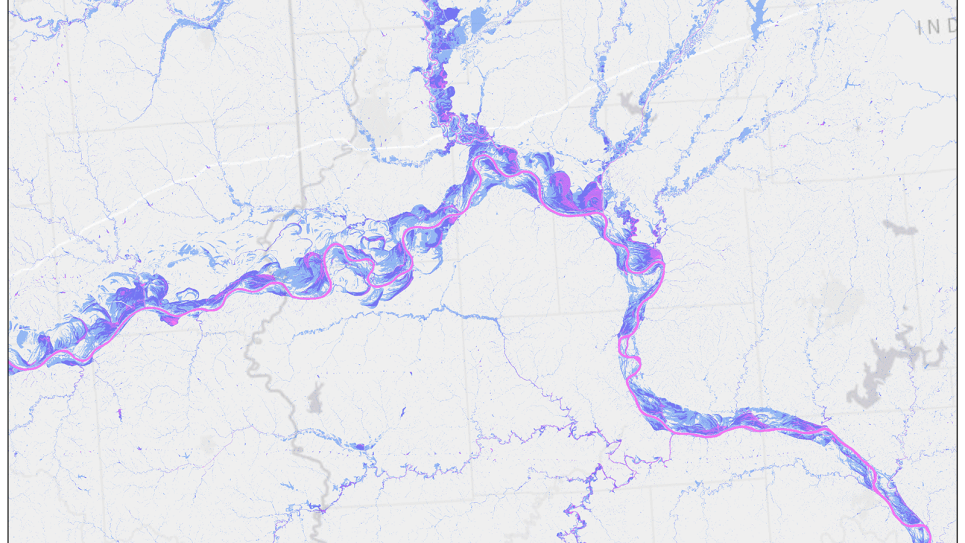
Frontiers in Planetary and Stellar Magnetism through High-Performance Computing
Astronomical bodies ubiquitously generate self-sustaining, large-scale magnetic fields that are maintained through the turbulent motions of electrically-conducting fluids. These dynamo processes are now known to operate within diverse cosmologic entities throughout the universe. The existence of a large-scale magnetic field is essential to our understanding of the present dynamical state of a given body, as well as its evolutionary path.
However, dynamo models of both planets and stars, to date, have been unable to resolve strongly turbulent dynamo action in fluids with properties similar to liquid metals and plasmas. Instead, these models simulate dynamo action driven by rotating, convective flows that are nearly laminar. In order for these modest, laminar flows to generate efficient dynamo action, highly electrically-conductive fluids must be employed. To address these limitations, the National Science Foundation’s Computational Infrastructure for Geodynamics (CIG) has developed Rayleigh, an open source, community dynamo code. This code simulates convection driven dynamo action in rotating spherical shells, such as those at the cores of planets and stars.
Researchers propose three dynamo models. The Liquid Metal Geodynamo Model will focus on magnetic-field generation as influenced by the physical properties of liquid metal under high pressure at the cores of terrestrial planets, like the Earth. The Jovian Interior Dynamics Model will help determine where the dynamo process occurs in gaseous planets. And the Extreme Solar Dynamo Model will address the hydrodynamics of sub-surface convection that drives the dynamo responsible for sunspots and magnetic active regions at the solar surface.


